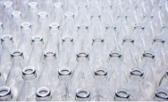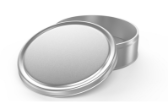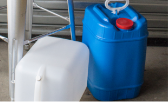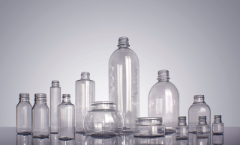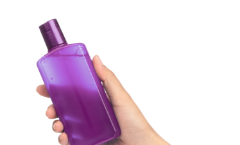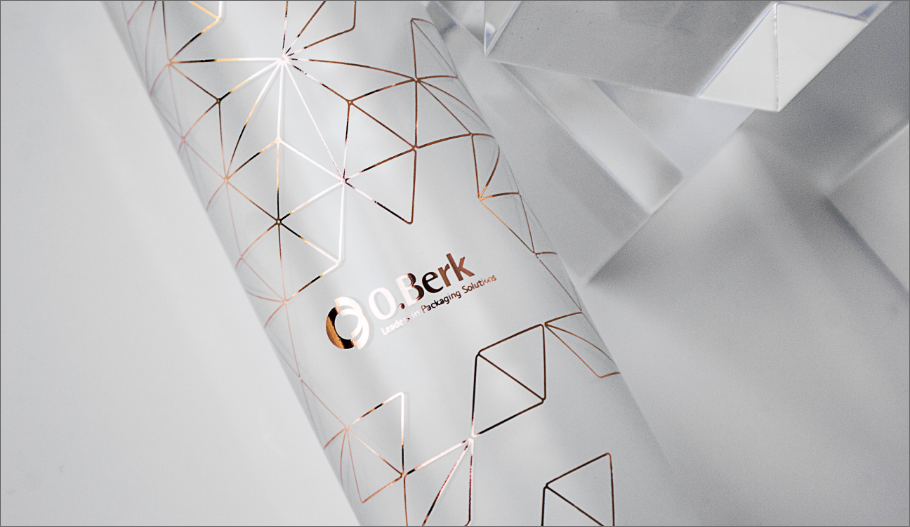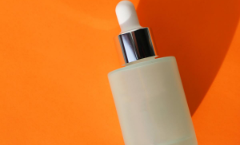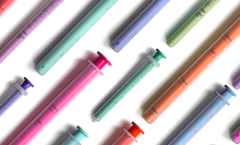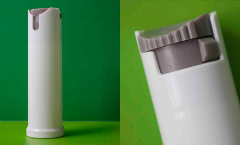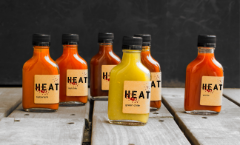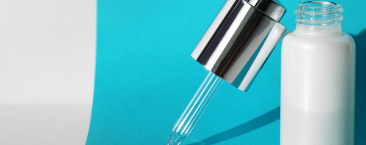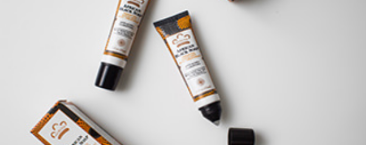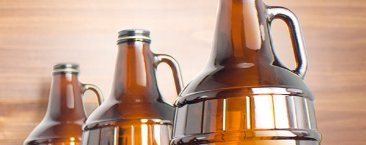What Actually Happens When You Recycle
The two most common recycling processes are single-stream recycling and dual-stream recycling. Single-stream recycling is when all of the recyclables are placed into the same bin for curbside pickup and sorted at the recycling facility. The dual-stream process requires that the consumer sort their own recycling into separate bins before it is picked up and taken away to be recycled. Single-stream is the most common form of recycling in the U.S. and is the process that our recycling guide will be based on. This illustrated guide from O.Berk will take you on a journey through a recycling facility, where you’ll learn more about the process of recycling paper, how easy it is to recycle aluminum and steel, that recycled glass must be sorted by color, and the basics of recycling plastic, like which types of plastic are the most difficult to recycle and which are the easiest. Read on to learn about what actually happens to your waste when you recycle and see what new products can be created from recycling different materials.
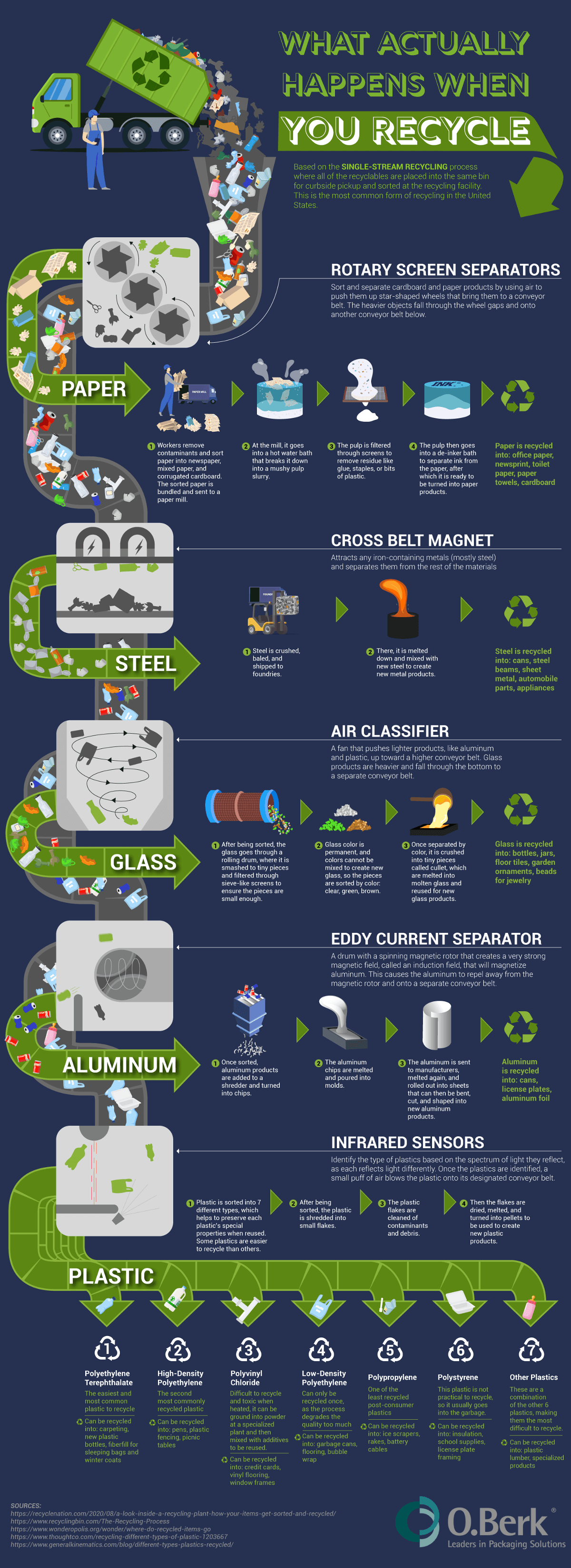
What Can Be Recycled?
The single-stream recycling process sorts waste into five different categories, each of which has its own specialized recycling process. The five types of material that can be recycled are paper, steel, glass, aluminum, and plastic. Each of these five recyclable materials has its own set of unique properties that require different recycling processes to break down the material and reuse it for new products.
How Is Paper Recycled?
The paper recycling and cardboard recycling process starts with rotary screen separators that separate the paper and cardboard products from the rest of the recyclables by using air to push them up star-shaped wheels and onto a conveyor belt. The heavier materials will fall through the wheel gaps and onto another conveyor belt below. Workers remove contaminants and sort the paper into three piles: newspaper, mixed paper, and corrugated cardboard. The sorted paper is then bundled and sent to a paper mill. Once at the paper mill, the recycled paper will go into a hot water bath that breaks it down into a mushy slurry called pulp. The pulp is filtered through screens to remove residue like glue, staples, or bits of plastic before going into a de-inker bath that separates the ink from the paper. Once the pulp has been fully cleaned of contaminants and ink, it is ready to be used to create new paper products. Recycled paper and recycled cardboard are used to make things like office paper, newsprint, toilet paper, paper towels, and cardboard boxes.
How Is Steel Recycled?
Steel recycling begins once the conveyor belt runs underneath a cross-belt magnet, which attracts any iron-containing metals, mostly steel, and separates them from the rest of the materials. Recycling steel is simple, as it just needs to be crushed and baled before being shipped to foundries. At the foundry, the steel is melted down and mixed with new steel before being used to create metal products. Recycled steel can be used to create things like metal cans, steel beams, sheet metal, automobile parts, and parts for household appliances.
How Is Glass Recycled?
The glass recycling process starts with a fan called an air classifier that pushes lighter products, like aluminum and plastic, up toward a higher conveyor belt. The glass products are heavier and fall through the bottom to a separate conveyor belt. After being sorted, the glass goes through a rolling drum, where it is smashed to tiny pieces and then filtered through sieve-like screens to ensure that the pieces are small enough. The color in glass is permanent and cannot be mixed to create new glass, so the pieces are then sorted by color: clear, green, and brown. Once it’s separated by color, the glass is crushed into tiny pieces called cullet, which are melted into molten glass and reused for new glass products. When you recycle glass, it can be turned into new glass bottles, jars, floor tiles, garden ornaments, and even beads for jewelry. Recycling glass is a process that can be repeated indefinitely, as the material’s strong properties don’t wear out; it can be recycled over and over without breaking down.
How Is Aluminum Recycled?
Aluminum recycling starts with an eddy current separator, a drum with a spinning magnetic rotor that creates such a strong magnetic field that it magnetizes aluminum. This causes the aluminum to be repelled from the magnetic rotor and fall onto a separate conveyor belt. Once sorted, aluminum products are added to a shredder and turned into chips, which are then melted and poured into molds. The molded aluminum is sent to manufacturers, melted again, and rolled out into sheets that can then be bent, cut, and shaped into new aluminum products. Recycled aluminum is used to create products like cans, license plates, or aluminum foil.
How Is Plastic Recycled?
The plastic recycling process is the most complex, as it involves sorting all of the recycled plastic waste into different categories. The plastic recycling process starts with infrared sensors that identify the types of plastics based on the spectrum of light they reflect, as each reflects light differently. Once the plastic is identified, a small puff of air blows the plastic onto its designated conveyor belt. Plastic is sorted into seven different types, which helps to preserve each type of plastic’s special properties when reused. Some plastics are easier to recycle than others.
After being sorted, the plastic is shredded into small flakes and cleaned of contaminants and debris.
Then, the plastic flakes are dried, melted, and turned into pellets to be used to create new plastic products.
What Are the Types of Plastics?
#1, Polyethylene Terephthalate (PET or PETE) — Most frequently used in beverage and food containers, this is the easiest and most common plastic to recycle. PET can be recycled into carpeting, new plastic bottles, fiberfill for sleeping bags, and winter coats.
#2, High-Density Polyethylene (HDPE) — Found in milk jugs, bottles for household cleaners, and toys, it is the second most commonly recycled plastic. HDPE can be recycled into pens, plastic fencing, and picnic tables.
#3, Polyvinyl Chloride (PVC) — A plastic most commonly used for pipes, shower curtains, and vinyl floors. It can be difficult to recycle and toxic when heated; it’s ground into powder at a specialized plant and then mixed with additives to be reused. PVC can be recycled into credit cards, flooring, and window frames.
#4, Low-Density Polyethylene (LDPE) — This elastic plastic is used for grocery bags, bread bags, and plastic wrap. It can only be recycled once, as the process degrades the quality too much. LDPE can be recycled into garbage cans, flooring, and bubble wrap.
#5, Polypropylene (PP) — Often used for yogurt containers, plastic bottle tops, and diapers, it is one of the least recycled post-consumer plastics. PP can be recycled into ice scrapers, rakes, and battery cables.
#6, Polystyrene (PS) — Commonly known as Styrofoam, this plastic may be used for food takeout containers. This plastic is not practical to recycle, so it usually goes into the garbage. PS can be recycled into insulation, school supplies, and license plate frames.
#7, Other Plastics — These are a combination of the six plastics, making them the most difficult to recycle. When recycled, they can be used to create plastic lumber and specialized products.
If you’re interested in using more eco-friendly packaging, try glass containers for your manufacturing needs, as glass is the one material that can be recycled forever!
Click here to download our informative infographic today.
Related:Glass bottlesplastic jugs, and metal packaging.









